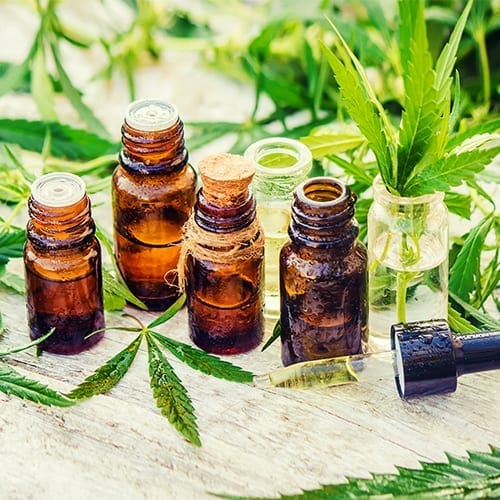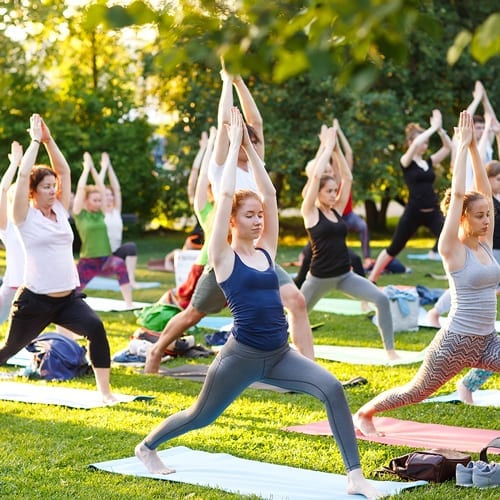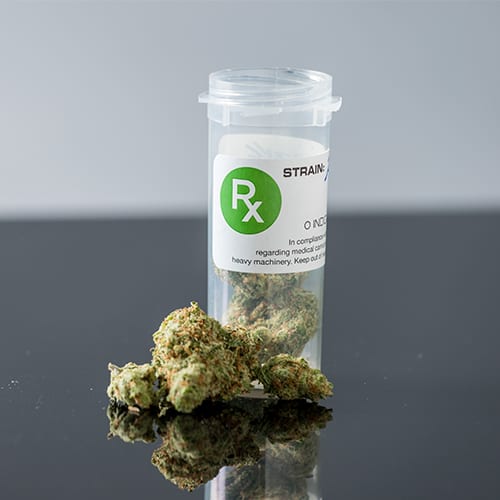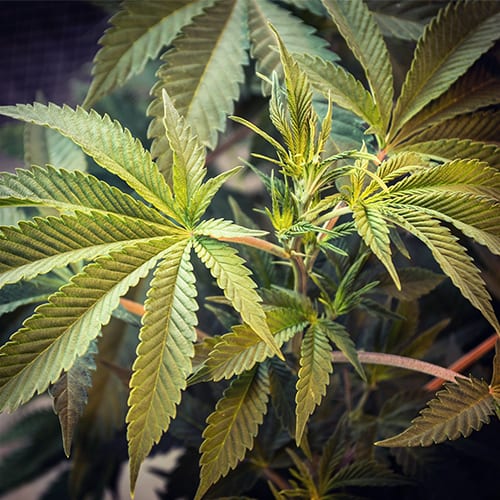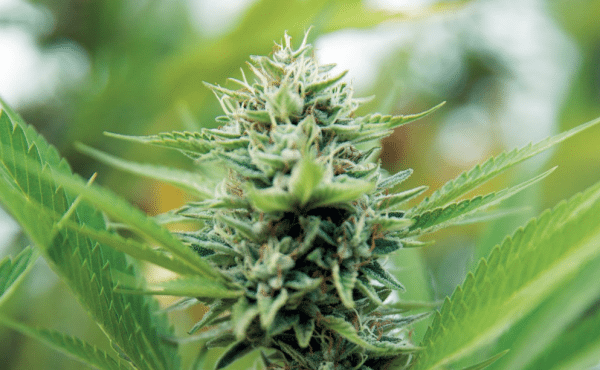
Before we begin dispelling some of the most common myths associated with outdoor cannabis plants, let’s confirm one factual statement: outdoor-grown cannabis differs in important ways from indoor-grown cannabis. Indoor and outdoor flower can diverge in appearance, aroma, flavor, and effects, even when comparing two clones of the same strain. That said, over the past several decades the idea that indoor flower is objectively better than outdoor flower – a misconception derived from outdoor growing practices long necessitated by federal cannabis prohibition – has proliferated.
For thousands of years, cannabis was exclusively an outdoor-grown plant, and exceptional flower was cultivated successfully under the sun in places as diverse as Afghanistan, Jamaica, Panama, and Malawi. Unfortunately, the advent of cannabis’s Schedule I classification forced growers to either adopt substandard outdoor growing conditions or move their grows indoors altogether to avoid being discovered. Outdoor-grown cannabis has been dogged ever since by negative stereotypes resulting from these growing conditions.
Yet today, as outdoor-grown cannabis comes out of the shadows in legal states and outdoor flower can again be grown in ideal conditions, it’s about time the following five myths about outdoor flower were dispelled.
Myth #1: Outdoor Growing Conditions Can’t Produce Top-Shelf Cannabis
The idea that outdoor growers can’t produce top-shelf product is patently untrue. This myth sprouted when outdoor cannabis, vulnerable to law enforcement efforts, had to be harvested, cured, and shipped in sub-optimal circumstances to avoid discovery. Outdoor grows, more difficult to hide than their indoor counterparts, were frequently harvested early for fear of raids; the curing process was often cut similarly short; and buds were packed tightly into shipping containers or car trunks for surreptitious transport. Thus, the sad, squashed outdoor buds that made their way to end consumers earned a bad reputation.
These same constraints do not apply to legally grown flower sold by licensed producers in the cannabis industry today. With the right genetics, expertise, and attention to detail, outdoor and indoor growers alike can produce top-shelf products.
Myth #2: Outdoor-Grown Cannabis is Less Flavorful
Outdoor flower can be as terpene-rich as indoor, if not more so. Furthermore, indoor flower is incapable of demonstrating the unique aroma and flavor profiles imparted by cannabis terroir – the culmination of various factors specific to a growing location, including soil, elevation, climate, and more. With the rise of the “cannassieur,” terroir is becoming more and more important to consumers selecting flavorful top-shelf bud, and the unique nuances of flavor imparted by the earth can only be detected in outdoor-grown herb.
Myth #3: Outdoor-Grown Flower is Likely to Be Marred by Pests, Molds, and Mildews
If you’re buying from a reputable dispensary, contamination by pests, chemicals, molds, and mildew shouldn’t concern you as it might with cannabis sold on the black market. States have developed testing requirements to avoid these issues, and many dispensaries implement their own testing on top of those rules. Oregon, for instance, requires that cannabis products are tested extensively for microbiological contaminants, solvents, and a wide range of pesticides (59 in all) before they ever approach dispensary shelves. Marley Natural, for one, ensures compliance with Oregon’s regulations through strict growing practices that avoid introducing any fertilizers, pesticides, or chemicals whatsoever to their all-natural, outdoor-grown plants throughout the cultivation process.
Myth #4: There’s Nothing Special About Outdoor-Grown Cannabis Plants
Over the centuries, cannabis as a plant evolved to work synergistically with its outdoor growing environments, and many tend strains to do best outside, especially landraces. It’s impossible for indoor grow systems to completely recreate the immensely complex ecosystems that influence outdoor-grown flower. Indoor grow lights – which also consume excessive energy as they operate – do not produce the full spectrum present in the sun’s rays, and helpful outdoor influences like fragrant coastal breezes, the insects that help control mites, and more are not present at all in indoor grows. Indeed, many argue that outdoor flower is a more “authentic” product, and some people shop exclusively for outdoor-grown.
Myth #5: Cannabis Grown Outdoors is Less Potent
This myth stems from a time when outdoor farmers would situate grows beneath shade trees to reduce the possibility of being spotted from above during DEA flyovers. This practice reduced plants’ stature and potency, which earned outdoor-grown herb a bad rap as “ditch weed.”
Farmers growing cannabis outdoors in compliance with the law no longer need to hide their grows: as such, their plants can be exposed to full sunlight, allowing them to reach full potential in terms of stature, bud formation, and cannabinoid and terpene content. Knowing this, it’s no wonder that the availability and popularity of high-quality, sun-grown cannabis is swiftly and steadily on the rise.
SOURCE: LEAFLY.COM


